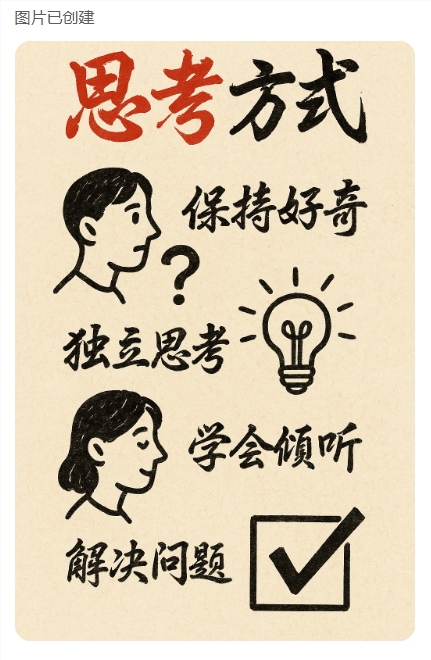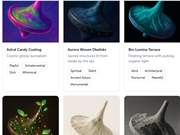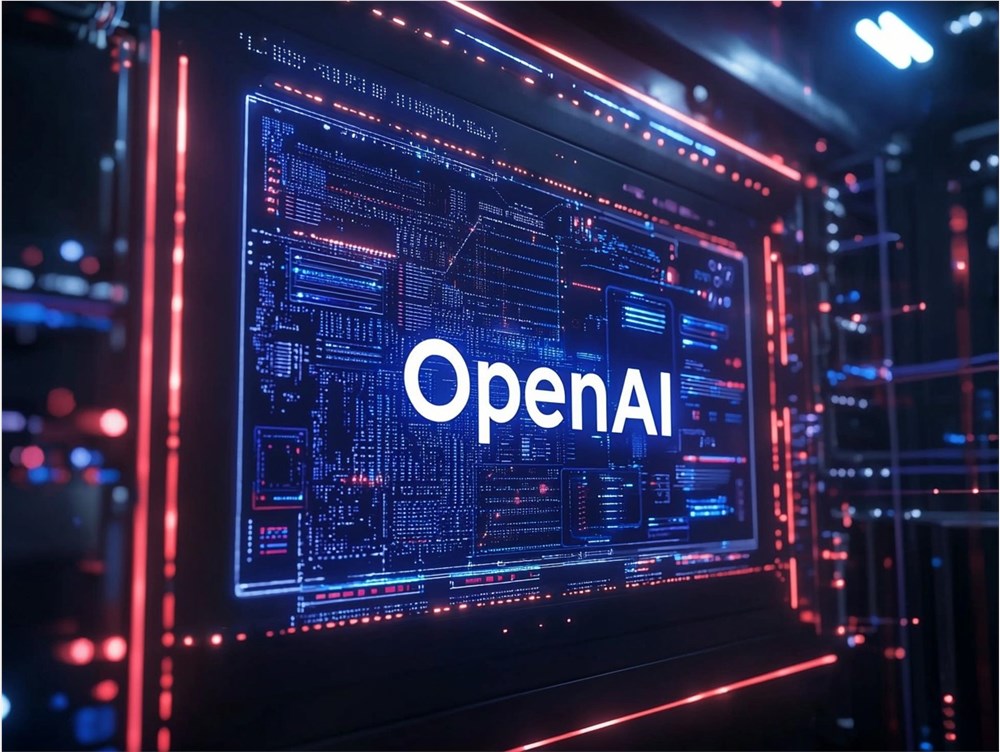Recently, ChatGPT's image generation capabilities have attracted a surge of new users, with a 20-million increase in paying subscribers. It's safe to say OpenAI is thrilled.
The creative ways people have been using it lately have left us in awe of ChatGPT 4.0's generative abilities. Even previously challenging aspects, like generating Chinese text, have been significantly improved. Now, ChatGPT has updated its "Create image" function. Just a few days ago, it could only generate standard fonts; now, it can even generate cursive script with high accuracy.

Compared to the previous version, the new model shows significant improvements in detail rendering, color harmony, and understanding complex instructions.
For example, after inputting a descriptive text, the system can generate clearer, more natural, and more expected images. Whether it's a realistic portrait or an abstract art style, the results show a higher level of completion. This rapid iteration capability demonstrates OpenAI's deep accumulation in algorithm optimization and model training, and reflects its keen response to user needs.
Below are the results of a prompt test shared by blogger hahagood from AIBASE:

Prompt: Create a hand-drawn infographic-style card in a 9:16 aspect ratio, featuring a bold title and text in Chinese using 草书 (cursive script). The background should be textured beige or off-white, with the title prominently displayed in large, contrasting red and black brushstroke-style characters. Use simple, eye-catching hand-drawn illustrations or icons that complement the theme. For the content, organize it into 2–4 sections, with short, concise Chinese phrases in 草书, each illustrating a key point. The text should be legible but retain the flow and artistic nature of cursive writing. Add relevant visual elements (e.g., simple drawings of people, question marks, or symbols) to make the card visually engaging and thought-provoking. Ensure the overall composition is balanced, with enough space to make the content feel uncluttered and easy to digest.
It's incredibly impressive! The strokes are complete, and the font output is accurate.
However, I increased the difficulty and tested clerical script (隶书) and seal script (篆书). It could generate them, but with some errors. More commonly used calligraphy styles seem to be no problem; seal script is still a bit too challenging for ChatGPT.

Clerical Script (隶书)

Seal Script (篆书)
It's worth noting that the new version also introduces a selection tool. Users can adjust specific areas of an image through text descriptions, such as modifying the background tone or adding details. This refined editing capability offers creators greater flexibility.








